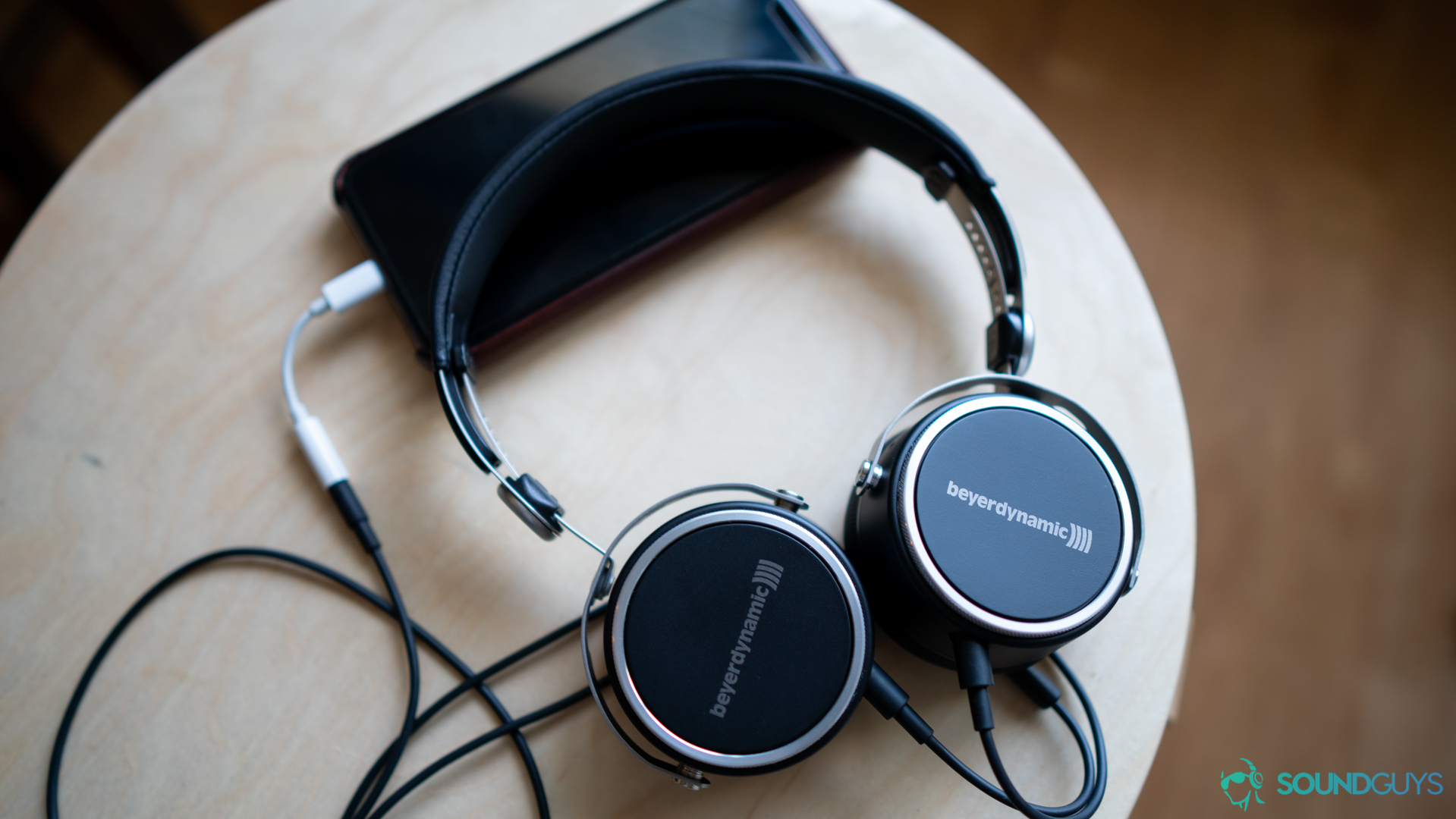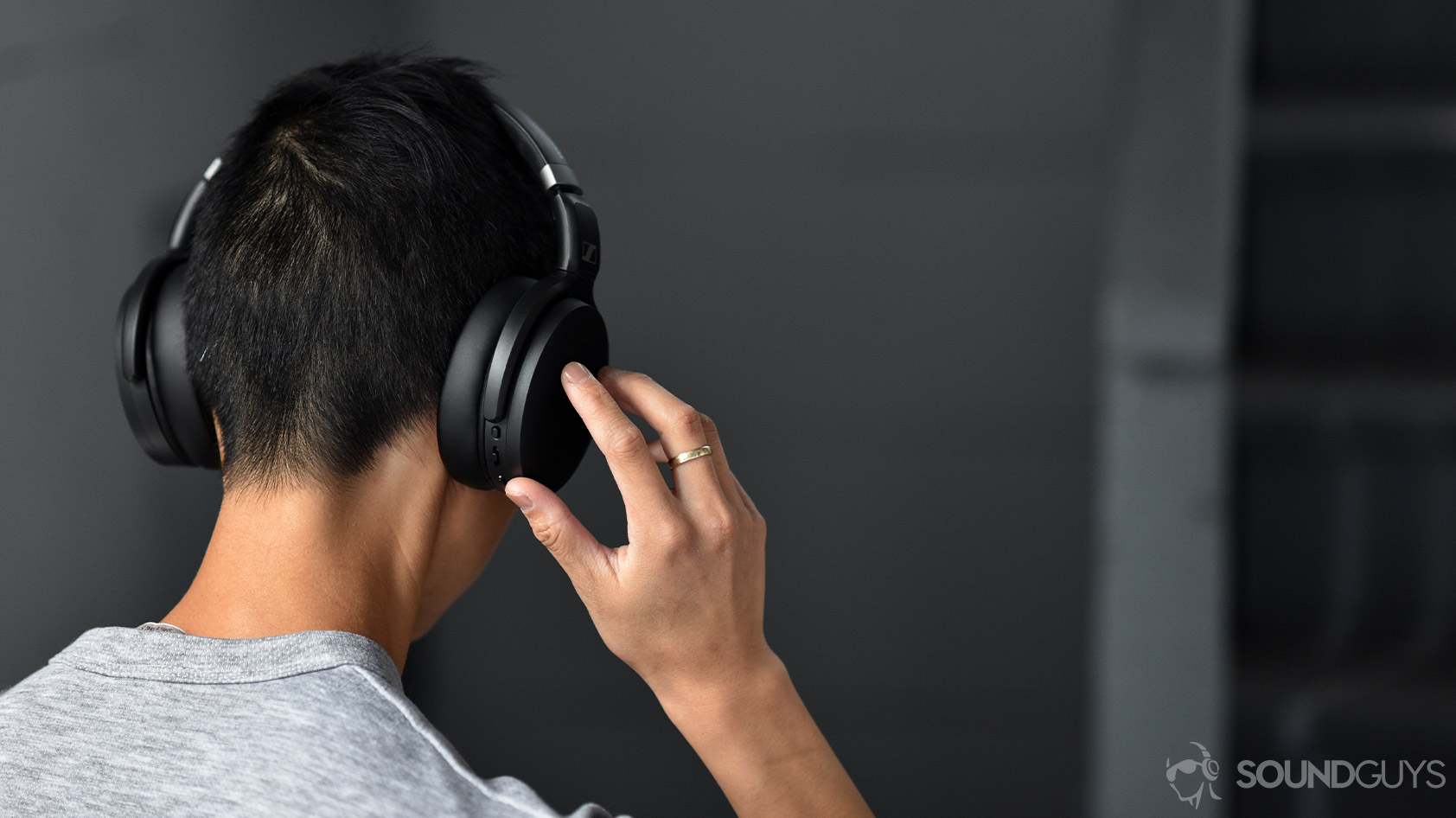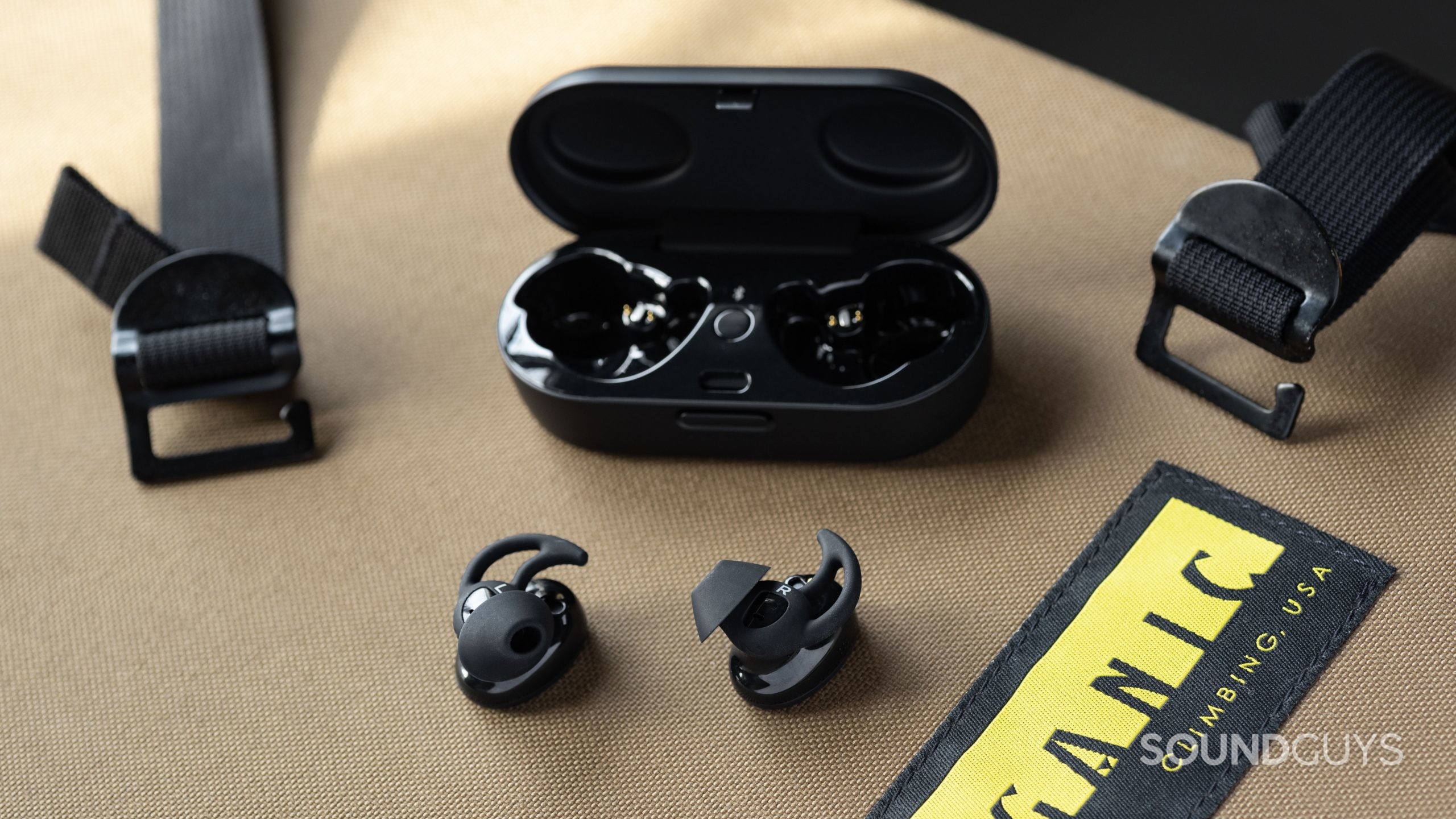All products featured are independently chosen by us. However, SoundGuys may receive a commission on orders placed through its retail links. See our ethics statement.
Why I'm sticking to wired headphones
April 15, 2021

It’s no secret that cellphone headphone jacks are going the way of the dinosaurs and dial-up internet, but that doesn’t mean that we should surrender our wired headphones just yet. Quite the contrary: wireless audio quality just can’t keep up with analog audio. Don’t throw away your wired earbuds and headphones just yet.
Editor’s note: this article was updated on April 15, 2021, to include technical information and a reader poll.
Wired listening trumps even the best Bluetooth codecs
![Etymotic ER3XR[6] The Etymotic ER3XR in-ear studio monitors on a notebook.](https://www.soundguys.com/wp-content/uploads/2018/01/Etymotic-ER3XR6.jpg)
While there are some surely impressive Bluetooth codecs out there like LDAC, aptX adaptive, and even the Samsung Scalable Codec, none of them can hold a candle to wired playback. Regardless of what Bluetooth codec your handset and headphones use to communicate, there is some data loss in the transfer process. To be fair, this data loss is intelligent and based on rigorous research, but data loss is data loss—there’s no way around it.
The physical connection between your phone and a pair of wired headphones or earbuds guarantees complete data transfer. This is ideal for people who have a library full of FLAC files or for anyone who subscribes to some of the coveted high-resolution music streaming services like Tidal HiFi, Qobuz, or Amazon Music HD.
SBC and aptX both outperform LDAC 330 when it comes to audio quality and stability.
Another thing you have to consider with Bluetooth audio that isn’t a factor with wired audio is consistent streaming quality. Not all Bluetooth codecs play well with all hardware: AAC performance is unreliable on Android because its performance is hardware-dependent. AAC does perform extremely well with iOS though, so iPhone owners may rejoice.
Although we view SBC as the lowest common denominator of Bluetooth codecs, it’s come a long way since its inception. In fact, aptX and the SBC provide good quality audio streaming and better connection stability than LDAC 330. LDAC isn’t an absolutely hi-res streaming option because its quality diminishes beyond the 20kHz mark. Ultimately if you want the best audio quality you can get, you need wired headphones and lossless audio files.
But Bluetooth is so convenient

On its face, Bluetooth audio is extremely convenient. After all, you don’t even have to aim a 3.5mm headphone jack into the socket—no, no that takes coordination. With Bluetooth headphones and earbuds, all you have to do is power them on and they automatically connect to the desired source device, or they should anyway. How much more convenient are wireless and true wireless earbuds, really? More often than not, I spend fleeting moments pairing and re-pairing my wireless headphones because some unknown issue interrupted the connection.
Now, wired headsets have their issues too: you might snag the cable on a stranger’s backpack or get yanked back because the wire is wrapped around a doorknob, but Bluetooth connectivity is still fallible—whereas if a cable’s connected, it’s connected.
Wired headphones and earbuds are cheaper
If you’re in the market to save money when you spend it, wired headphones and earbuds are the way to go. For a comparable wireless product, you may spend in excess of $50 or more just for wireless functionality.

The Bose Sport Earbuds retail for $179 USD, while its wired counterpart can be had for just under $100. Take the Bose SoundSport In-Ear: these earbuds cost $99, which is $30 less than the standard wireless Bose SoundSport Wireless earbuds. With the wireless variants, you have to worry about battery life which degrades over time anyway. Now in the case of workout earbuds, you may feel that the wireless functionality is a necessary convenience, but if you’re really strapped for cash wired alternatives perform just as well if not better, and are more affordable.
Frankly, the only scenario that compels me to go wireless is exercising. All else, commuting included, leaves me wired. After all, who wants to keep track of all the different charging methods on top of worrying about diminished audio quality and battery life. No thank you, I’ll stick to my wired headphones.
Do you prefer wired or Bluetooth headphones/earbuds?
FAQ
If you’re looking for a wired, over ear headset with a great mic, we highly recommend the Beyerdynamic MMX 100.
Enable developer options by navigating to “About phone” in your settings, then tap the “build number” option 10 times to enable developer mode. Then scroll down to the “bluetooth codec” menu, and see what the window shows you. Alternatively, you can search for the specifications of your phone, and search that way.
Bluetooth does recompress; Performance depends on your handset, and some Android phones tend to compress AAC heavily. Other Bluetooth codecs aren’t so good for recompression, such as SBC. You’ll essentially convert from a lossy file into another, different lossy format for Bluetooth.